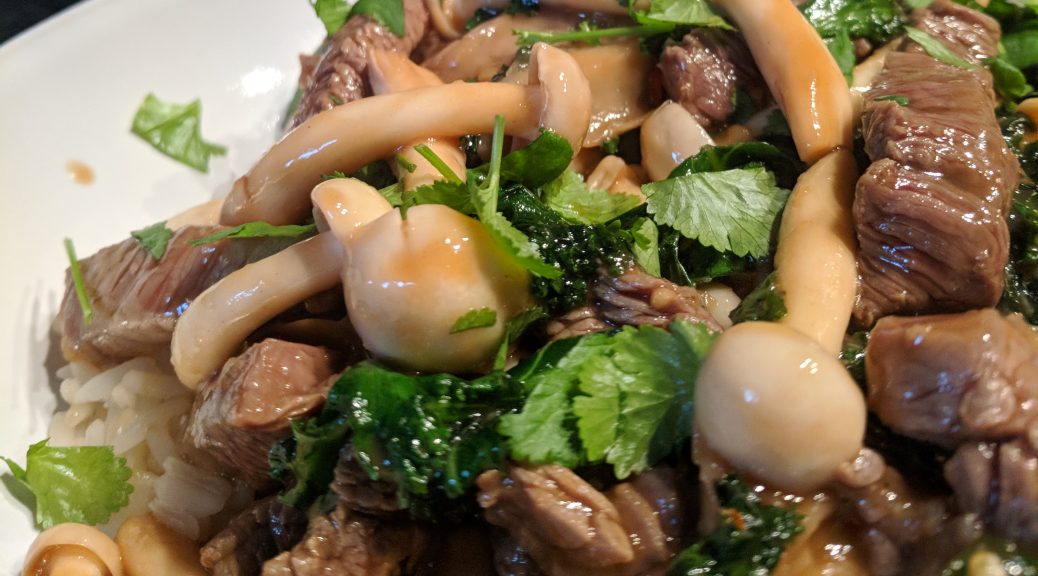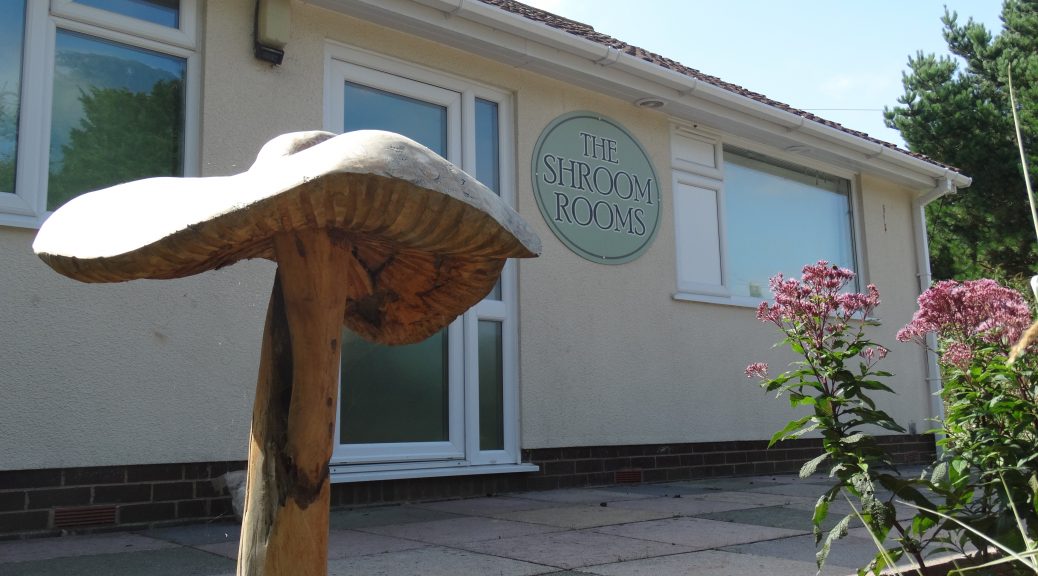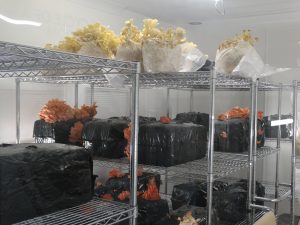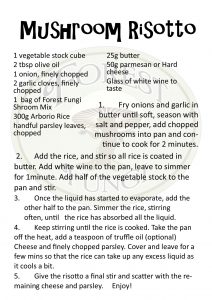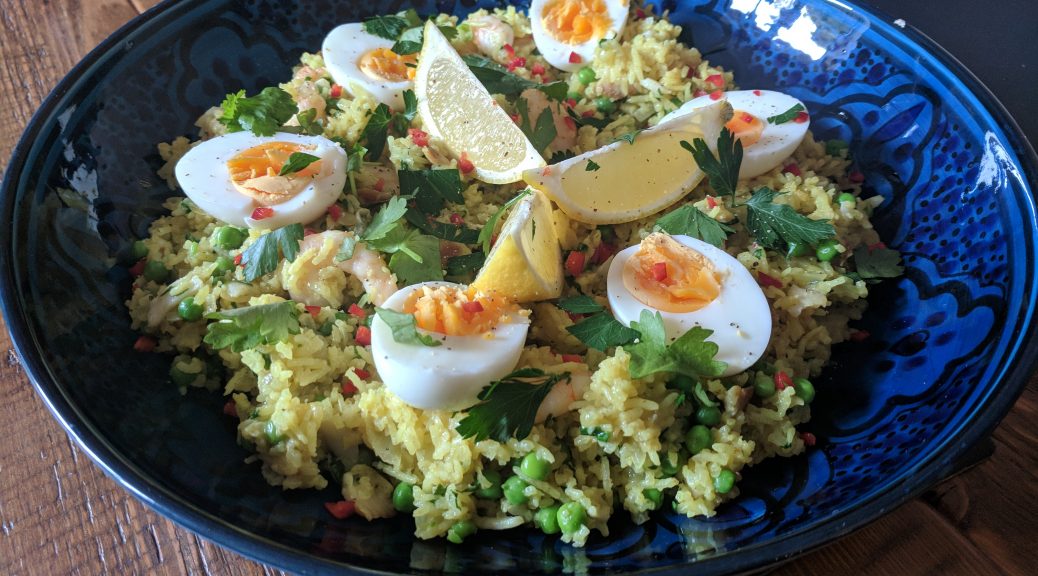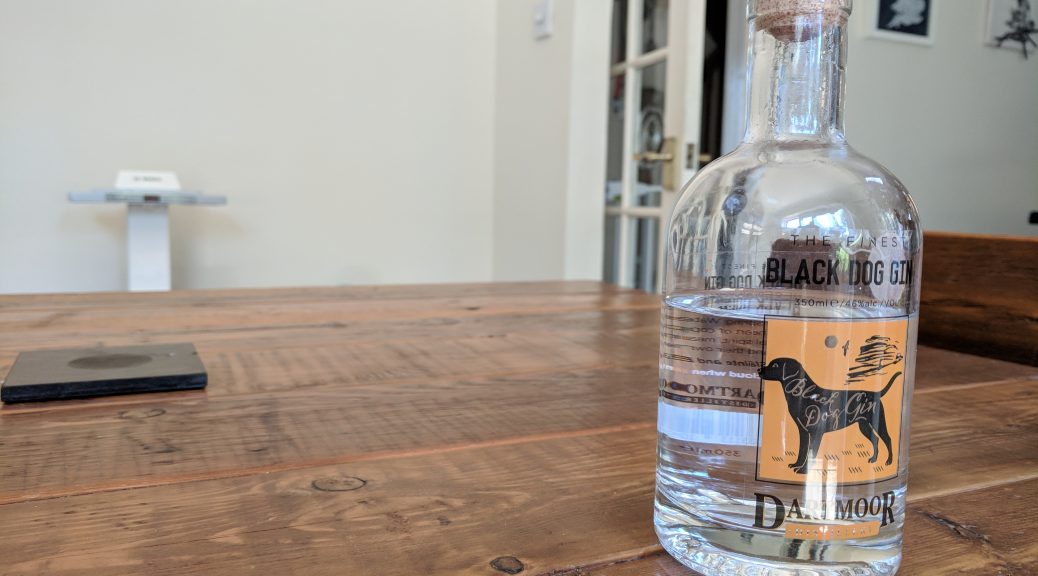
Drinks Friday – G&T Time!
So from now on, the last Friday of each month will be ‘Drinks Friday’ where I will focus on the wonderful world of alcohol and the multitude of magnificent drinks that it makes possible. I am going to start with one of life’s simplest and greatest pleasures – Gin and Tonic. If you haven’t already caught wind of the extraordinary boom in craft gins that has taken place over the past few years then you have probably been living under a very dry rock. It seems like only yesterday that I was working in the bars and restaurants of Edinburgh and a handful of people in the know would ask for Hendricks and then sneer when I explained that I didn’t have any cucumber to garnish it (I didn’t say I worked anywhere classy). Now there are bars focussed entirely on gin, like the excellent Crocketts on Gandi Street in Exeter, and enough different varieties of the stuff to suit literally any taste. Unless you don’t drink at all, in which case, why are you reading this? Go on – move along. Nothing to see here…
One gin that has recently caught my attention is Black Dog Gin from the Dartmoor Distillery. It claims to use 22 botanicals – juniper berries, orange and lemon peel, and ‘Dartmoor botanicals’. Clearly the good people at Dartmoor Distillery aren’t about to give up their secrets, but the idea that the botanicals used are from the area surrounding the distillery is certainly an appealing one, and it tastes great too. There are strong notes of citrus, and a heady, floral aroma, but what makes it particularly enjoyable is the finish. It seems to dance between pine and liquorice, changing from one sip to the next. I have been drinking this with plain tonic water and garnished with lemon which seems to work very nicely with the citrus flavour of the gin.
So, it’s Friday, the weekend is just beginning – here are my top 5 tips for a perfect G&T
- Find a gin you like. If you are not sure – and there are so many choices out there, it is hard to keep track of and harder still to choose – head to a bar that specialises in gin. Talk to the staff, and try some out. You will quickly find something you like, and there are worse ways to spend an evening.
- Find a nice glass. Sure, you could drink out of a jam jar or that old ‘world’s greatest [insert relation here]’ mug, but this is about enjoying what you are drinking, and that starts with how it looks and how it feels in your hand. There is probably some scientific study about what shape of glass best suits gin, but for me this is about ceremony. I like a heavy bottomed high-ball glass. I like the weight and feel of it in my hand and I like being able to watch the bubbles rise gradually and haphazardly through the ice. But if you like to drink your gin in a wine glass or a tumbler or stein then do it. What’s more, enjoy the fact that others might disapprove. This is all about taking some time for yourself. And it is always good to stick two fingers up at booze snobbery.
- Use lots of ice. One or two cubes will do little more than dilute your drink. The ice will melt very quickly once exposed to alcohol, and will likely have little effect on the temperature of the drink. If you fill your glass with ice the whole drink becomes colder faster and the ice will remain solid for longer. This has two benefits: your drink stays cold and it doesn’t immediately become diluted. Which brings me to my next point:
- Make it strong. This is not about getting pissed quickly. If you are drinking a nice bottle of gin, there is no sense in drowning it in tonic water (unless you want to – see Booze Snobbery). You have spent your hard earned money on something a bit special, make sure you can taste it. I generally pour roughly 1 part Gin (50ml) to 3 parts tonic (150ml). I find this allows the tonic to complement the gin rather than hide it, while still providing a long enough drink for me to enjoy.
- Experiment. The tips above will provide a good basis for creating a drink that you can take some pleasure in, but there are so many products out there right now, that there is a lot of fun to be had trying new things. Lemon is a good garnish for a G&T but changing the garnish can totally change the drink – try to find out what botanicals have been used and try matching the garnish to one of them to accentuate that flavour. Try savoury garnishes like cucumber or herbs. Consider different tonic water or even try other mixers. And of course try other gins!
Do you have your own ‘perfect G&T’? Or suggestions for other gins worth trying? Let me know in the comments below.
Cheers!
